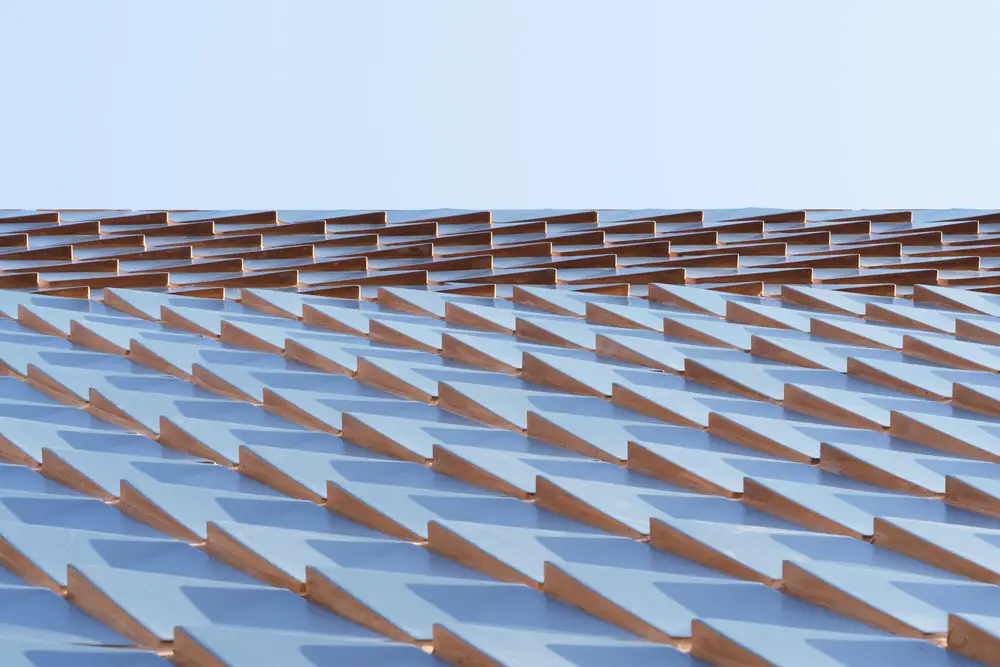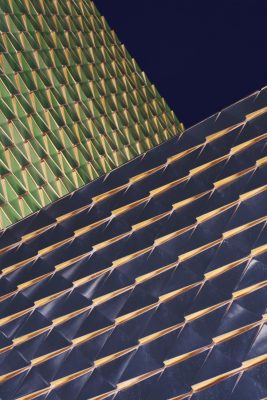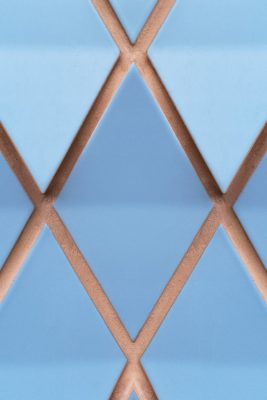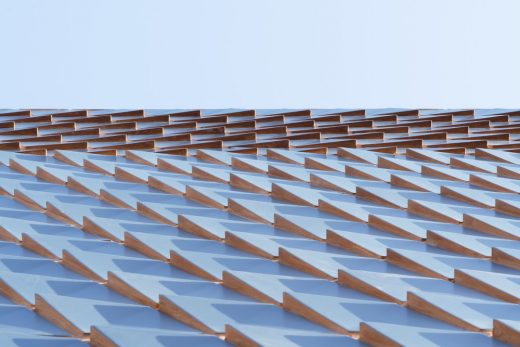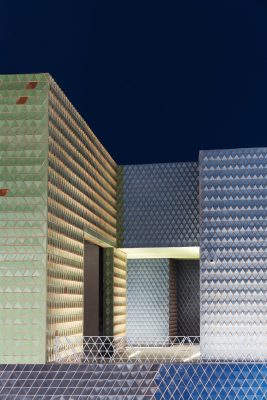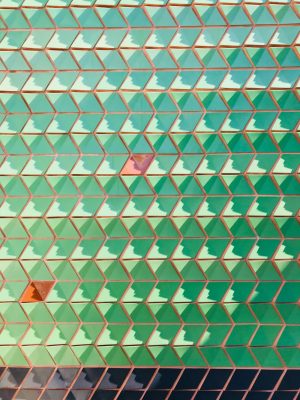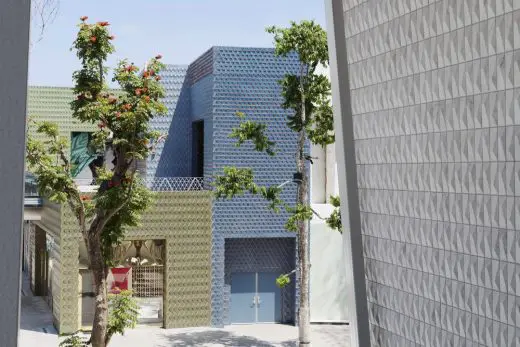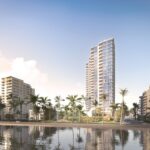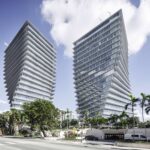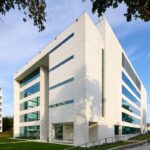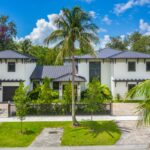Paradise Plaza Miami Design District Building, T+G American architecture images
Paradise Plaza Miami Design District
Project for Craig Robins & L Real Estate in Florida, USA – design by Tolila + Gilliland atelier d’architecture
Nov 27, 2018
Paradise Plaza Miami Design District Building, FL
Design Architects: Tolila + Gilliland atelier d’architecture
Location: Miami Design District, Florida, USA
70,000 individual tiles installed over a period of six months
Paradise Plaza Miami Design District, FL
Photos © T+G_ Studio LHOOQ
Once the site of furniture manufacturing and low-rise warehouses, the Miami Design District is being actively transformed into a vibrant destination for both residents and visitors.
The clients, entrepreneur Craig Robins and investors L Real Estate have asked Tolila + Gilliland atelier d’architecture to imagine a set of shops and restaurants in the heart of the district.
Over the past ten years, they have called on architects and urban planners to codify a response to Miami’s urban tropical context in built form, via a pedestrian-centric masterplan dedicated to the unity of creative experiences in design, art, and architecture.
As the Tolila + Gilliland atelier d’architecture architectural practice is based in Paris, founded on a hybrid American-European imagination, it is not difficult for us to be charmed by the exotic imagery of Miami, FL. The city’s redevelopment following the 1926 hurricane completely refashioned the Art-Deco style once in vogue in Paris. In South Beach, elegant stucco buildings with pastel colors evoke the Roaring Twenties, simultaneously suggesting Scott Fitzgerald’s The Great Gatsby and New York’s Al Capone on a tropical beach vacation. Lifeguard towers, chromatic and kaleidoscopic, dot the sands of Miami beach, whimsically resembling the red follies of Parc de la Villette.
Tolila+Gilliland Atelier d’Architecture in Miami, FL, USA ; tiling the building facade:
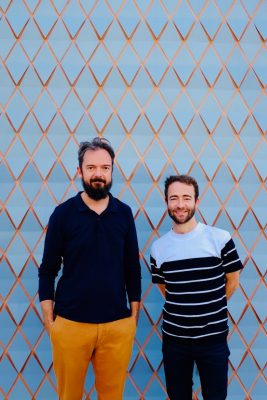
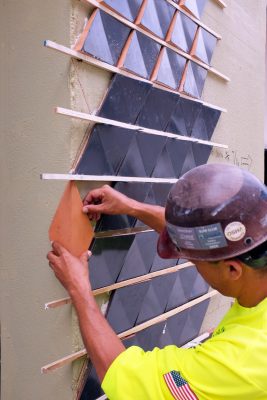
Methodology
Our methods of design always include a reflection on context—the project’s immediate cultural, social and environmental conditions. The large, imprecise cloud of imagery, texts, and references which inform our initial investigations begin to form our subjective and collective definition of this context. Through iterative processes, our responses to context are filtered through the lenses of use and materials in the pursuit of a hybrid response which is always specific.
Revisiting our narrative of Miami’s architecture—the blocked geometries of mission-revival architecture, the lifeguard towers— color and geometry emerge. The colors are paired with the landscape, composed of water, the beach, its plants, its minerals, and all are born of Miami’s climate, hot and humid. These essentialities of this context will begin to steer the design process as we define our goals.
In our work, we often seek to develop both internal and external operations, anticipating changes of use, favoring appropriation by the users, and allowing each to inhabit the architecture in their own way. In Miami, we are working essentially on the material limit. Through a development of the surface and depth of the material cladding itself, through its deepened reveals and openings, we attempt to offer a personal experience engaging the user’s sense of touch, via a sensuality of everchanging materiality. The material, its physical qualities, and the way we perceive those qualities becomes the focus of our first explorations.
Architecture provides a sense of meaning—a narrative, which can be read either implicitly or explicitly, but must which always be present. The specific articulation of that narrative has evolved with successive schools of thought, which is where one can observe the particularities of various styles. Historically, the façade has always been the instrument with which a work of architecture communicates meaning—communicates to its inhabitants, both interior and exterior; to its place in time including its present, past, and future; and to its culture, its history, and its politics. Our articulation of that communication becomes the second focus of our explorations, as we understand any motif or ornamentation will be inescapably saturated with meaning.
Concept
We see that we have two goals in mind for this project: to engage users through a sense of touch, and to create and communicate meaning. Latently, the notion of thickness begins to emerge. The façade of the building can be defined as the limit between the exterior (the context) and the interior (the concept). It can function as protection, as an envelope, and as a skin. Often this limit is designed and constructed with utmost thinness, minimizing the delineation between interior and exterior. But this project offers us an opportunity to celebrate the façade, and we try to thicken this usually thin boundary, to create an entredeux—a buffer place or a space of exterior-interior transition. We need not concern ourselves with thinness. We set off to find the material and motifs which can achieve our goals, and we look again to the context.
Further research into the culture of our locale reveals the history of the Seminole tribe, one of the strongest and most unyielding indigenous groups of Native America, composed of various culturally related tribes which migrated into in Florida in 1750 and continues to endure to this day.
Their patchwork clothing displays a composite of historical influences and early 20th century politics. Men and women dressed in vibrant geometric patterns rich in symbolism. Blocks or bars of alternating colors, often with sawtooth geometries, were sewn together in layers of bands to create skirts, jackets, and shirts worn by both men and women. Sewing techniques and designs flowered around 1920, but for us this traditional dress remains incredibly modern. The hot and humid climate of Miami never freezes.
Coming from Paris this affords us new opportunities. We begin to explore enameled terracotta, a natural material often used in warmer climates and which has a building tradition in Miami, from the modernist Bacardi building to Tschumi’s School of Architecture. Enameled glazing, which provides lively color and reflectivity, typically acts as a water-tight protection for porous and absorptive terracotta. In Miami, the raw material can be left exposed without risk of damage due to water freezing and expanding in its pores.
Tolila + Gilliland atelier d’architecture discovered the colors of Miami, the materiality of terracotta, and the sawtooth designs of Seminole textiles. We have the intuition to deploy a pattern. We use collaging to explore different levels of variation and complexity, and we begin developing patterns which is simple but scale-able—a system that can be repeated over the entirety of the façade’s surface but offering constantly changing perceptions.
Tolila + Gilliland atelier d’architecture decide on a basic unit of a symmetrical geometry and design a system of variations to render the effects in infinite variety. This is a process that has its basis in mathematics and analytical methods, visible in fractals and geometries of islamic patterning. The challenge for us will be to employ variations which both exploit the duality of the terracotta (glazed and exposed), and evoke the locale’s graphics. At our disposal are binaries of operations which can simplify or complicate, operations such as reduce and enlarge, agglomerate and fragment, order and randomize, unify and differentiate, fold and flatten, hide and reveal. The last two stand out: fold and flatten, hide and reveal. Folding can reveal, flattening can hide.
Design
Imagine a field of common ceramic tiles, glazed on the top and raw on the back and on the thickness of their edges. If the tiles were malleable, and we were to gently lift the corner of one tile at the center of the field, we would reveal the color and texture of the tile’s exposed edges, creating a contrast between the surrounding glazing and the sliver of raw material. Fold and crease each tile, we now have a field of not just glazed tiles, but of light and shadows and colors and textures. Our simple pattern of a single shape is now three-dimensional, with variations that change depending on the position and intensity of the sun—we have a living pattern which responds to the climate and environment.
Tolila + Gilliland atelier d’architecture imagine a single geometry, a diamond composed of two equilateral triangles: one flat and one folded. The equilateral geometry can then be pivoted about a 60° axis, combining to create in an infinite variation of assemblies and constant play of light and shadow.
Now that the project is defining itself, we introduce iterations. We put it to the test by placing the system within its context. Iteration is essential to being able to challenge the project, to refine it. The theme here is an abundance of choices to be made in a practical way. We make alterations, combinations, and observe the play between parameters. We then make more alterations, new combinations, and observe the play between parameters. It is a heuristic process, one in which we are constantly questioning if our choices have upheld our aspirations. It is common to all technical disciplines to varying degrees, from the design of a building to the design of an espresso maker. The difficulty lies in making coherent choices—in the common thread, which is at the discretion of the designer, and guides the process and allows decisions to be made.
PRODUCTION
Our goal has been to develop an artisanal, hand-made façade with a geometry of unyielding precision. The jump from the “module” to the continuous fabric thus demands a perfect coherency between conception, fabrication and installation. The Miami construction firm TwinStone Marble was quickly identified for both their technical expertise in procuring the fabrication of these bespoke façade elements, as well as for their highly skilled installation teams. The exchange begins at schematic design, through prototyping and technical reviews.
Fabrication It is quickly apparent that the initially “simple” geometry will offer many challenges in the kiln. Its variable depth can create uneven exposure, causing cracking and breakage. The scale and height of the base tile are thus tested extensively, considering negative molds, mega-panels and scale shifts. The desire to “glaze” only one face, leaving the edges of the module in raw terracotta also presents special challenges. After more than two years of exchanges, tests and prototypes to yield the ideal proportions for kiln resistance and surface finish, the fabrication contract went to TwinStone’s source, DeMaio Tiles Company in Salerno, Italy.
The manufacturing process begins with raw grey clay which is then rolled and extruded to form the typical tile profile of variable thickness. The pieces are then stamped into the lozenge form and air-dried for two weeks. A first kiln-firing produces the strong oxidized orange base terracotta. After this first firing, raw pigments are applied to the triangular face of the tile, and they are fired for a second time. Throughout the fabrication process, the tile transited through a network of family-owned shops, from the metalsmith (for the extrusion die), to the terracotta workers, to a glazing specialist, to the shop with sufficient volume to dry and store the quantities involved.
Architect and contractor are in constant contact with the fabrication team, responding to prototypes and surface studies. The aesthetic of the “handmade” reigns, and surface anomalies and variations are both embraced and sought-after, as potential sources of depth and unexpected richness.
Installation
Careful mapping of the patterns in the form of drawings and diagrams allows us to exchange extensively with the Twinstone team prior to construction. A notational system was developed to indicate angles on-site application and the “stitching” between pattern fields.
A team of five talented men and women worked tirelessly to install the 70,000 individual tiles over the course of six months, with extreme love and care. Hand laying techniques, discussions over joint thickness and tolerances become the center of our exchanges for many months. Mockups and dry-run poses become key tools to share and validate advancement toward to the end product.
The one rule we shared was “no cut tiles,” which meant that each opening, return or soffit was measured and adjusted to create a continuous, uninterrupted fabric of terracotta. This is of a particular challenge when confronting continuous runs of up to 120’. This challenge became a shared passion, and as the project went from the drawing boards to the site, the artist installers became the projects’ greatest defenders, finding strategies and techniques to defend the concept. To this day, we hope that their hands are still visible to those passing through Paradise Plaza, and that the passion and craft behind the making and laying of each tile will be felt as an ever-open invitation to touch.
Tolila + Gilliland atelier d’architecture
Gaston Tolila and Nicholas Gilliland began working together in 2003 through a humanitarian architecture competition for which they were laureates. This nomadic dispensary project was then exhibited at the Pompidou Center in Paris in 2005. Since, they have continued to collaborate on architecture, urbanism and design projects, using their knowledge of public and private work acquired in renowned international architecture offices.
In 2011, they created Tolila + Gilliland atelier d’architecture. In 2012, their work received the “Prix d’Architecture du Moniteur 2012 pour la première oeuvre”. (French National prize for the first built work). Today, the atelier develops a broad range of architecture programs (housing, public works, offices…) with a particular attention to the integration of each project into its historic, geographic, and environmental context.
The European Centre for Architecture Art Design and Urban Studies and The Chicago Athenaeum: Museum of Architecture and Design announced the atelier as part of the selection of 2014’s most promising emerging design talent in Europe. Forty architects, landscape architects, and industrial designers were selected by a jury of architecture and design practitioners from The European Centre’s International Advisory Committee composed of some of Europe and the United States’ most prestigious architecture and industrial design offices.
https://www.tolilagilliland.com
Paradise Plaza Miami Design District – Building Information
Paradise Plaza, Miami, Florida 33137, USA
Client: Miami Design District Associates
Photos © Tolila+Gilliland Atelier d’Architecture
Paradise Plaza in Miami Design District images / information received 261118 from Tolila + Gilliland atelier d’architecture
Location: Paradise Plaza, Miami, Florida 33137, USA
Miami, Florida, USA
Miami Architecture
Contemporary Miami Architecture
Miami Architectural Designs – chronological list
Miami Architecture Tours by e-architect : exclusive guided walks
Miami Architects Offices : Studio Listings
Chotto Matte Miami, 1666 Lenox Avenue
Design: Andy Martin Architecture
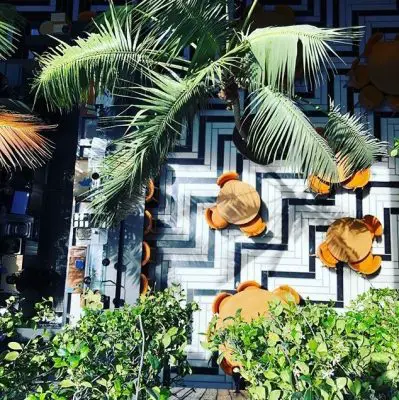
photo : Moris Moreno
Chotto Matte Restaurant Miami Beach
No. 279, 1111 Lincoln Road, Miami Beach
Design: Herzog & de Meuron
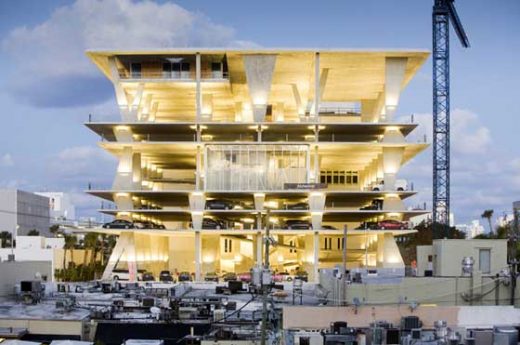
photograph : Nelson Garrido/1111Lincoln Road MBeach1, LLLP
1111 Lincoln Road Miami Beach
Benjamin P. Grogan and Jerry L. Dove Federal Building, Miramar, Broward County
Design: Krueck + Sexton Architects with Gensler
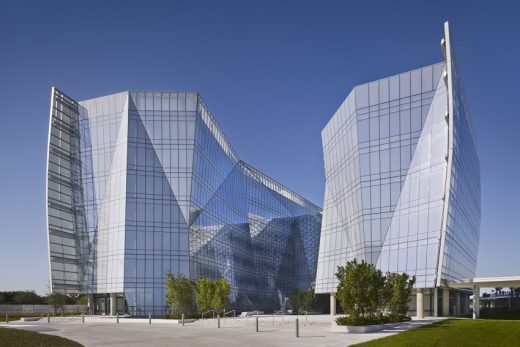
photographers : Nick Merrick/Hedrich Blessings
Benjamin P. Grogan and Jerry L. Dove Federal Building
Phillip and Patricia Frost Museum of Science
Architects: Grimshaw
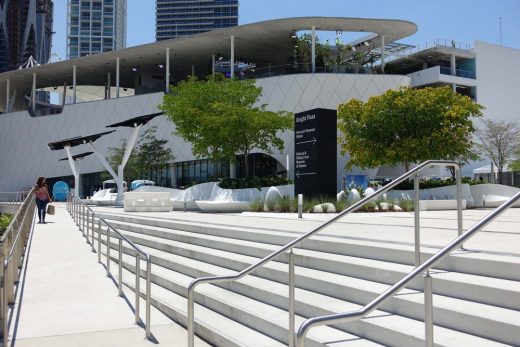
image courtesy of architects
Miami Museum of Science, Patricia and Phillip Frost Museum
Contemporary Miami Architecture
Comments / photos for the Paradise Plaza Miami Design District page welcome
Website: SAOTA

